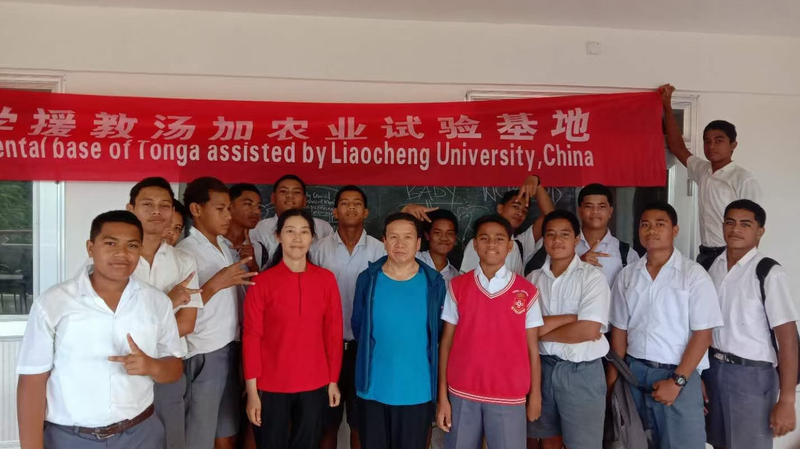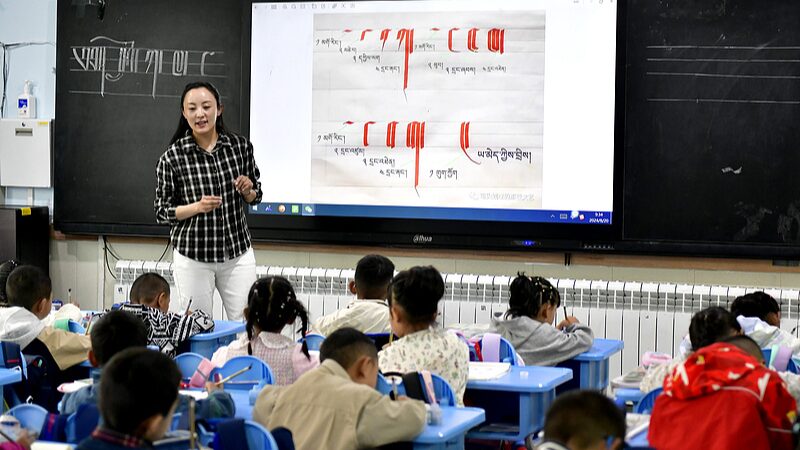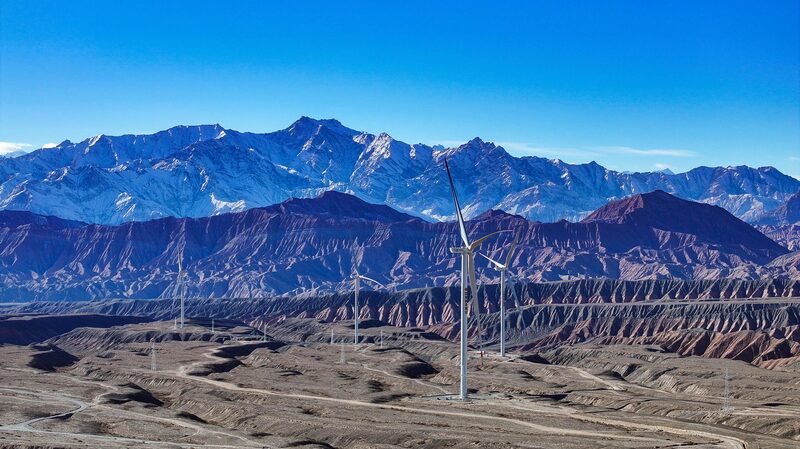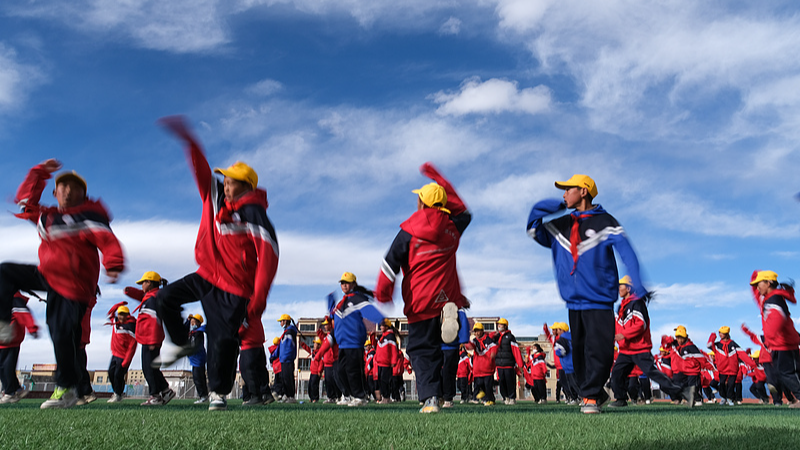China is making significant strides in transforming education across its vast regions, empowering the dreams of millions of young people. One standout example is the Central Primary School in Nyangpo Township, Gongbo'Gyamda County, nestled nearly 4,000 meters above sea level in Xizang Autonomous Region.
Established in 1994, the school initially faced harsh conditions with inadequate teaching facilities and high teacher turnover. However, in 2016, a pivotal partnership with schools in Zhongshan City, Guangdong Province, marked a turning point. This paired-up assistance focused on supplying essential teaching materials and comprehensive teacher training.
Thanks to Guangdong's support, the school now boasts advanced teaching facilities, efficient heating systems, and vibrant sports areas with new basketball courts and football fields. These improvements are part of China's broader national initiative to develop Xizang through paired assistance, a policy launched three decades ago by the central government to harness national support for regional growth.
Over the years, dedicated cadres from government and enterprise units have worked tirelessly on the plateau, fostering development and stability. Xizang proudly stands as the first provincial-level region in China to offer 15 years of public-funded education, spanning from kindergarten to senior high school.
A comprehensive education system now includes preschools, primary and secondary schools, vocational and technical institutions, higher education establishments, and specialized education centers, as highlighted in a recent white paper on Xizang’s governance.
Data from the seventh national census reveals impressive growth: the number of college graduates per 100,000 inhabitants in Xizang surged from 5,507 in 2010 to 11,019 in 2020. Additionally, the workforce in the region now benefits from an average of 13.1 years of education.
This initiative is a testament to China’s commitment to ensuring equitable access to quality education for every child. The past decade has seen prioritized education in strategic planning, substantial financial investments, and the allocation of public resources, especially in central and western regions like Xinjiang, Xizang, and Guizhou Province.
Education investment has consistently surpassed 4 percent of GDP for over 11 years, reinforcing China’s position with the largest education system globally. As of 2023, gross enrollment rates have reached impressive levels: 91.1% for preschool, 91.8% for secondary, and 60.2% for higher education.
Beyond accessibility, China is enhancing education quality through various reforms. The \"double reduction\" policy aims to alleviate excessive homework and after-school tutoring, promoting well-rounded student development. Schools nationwide are now crafting curricula that nurture moral values, intellectual prowess, physical health, aesthetic appreciation, and practical skills.
China’s educational evolution not only fuels individual dreams but also drives national progress, ensuring a bright future for the next generation. 🚀✨
Reference(s):
China's diversified educational system empowering dreams of millions
cgtn.com






